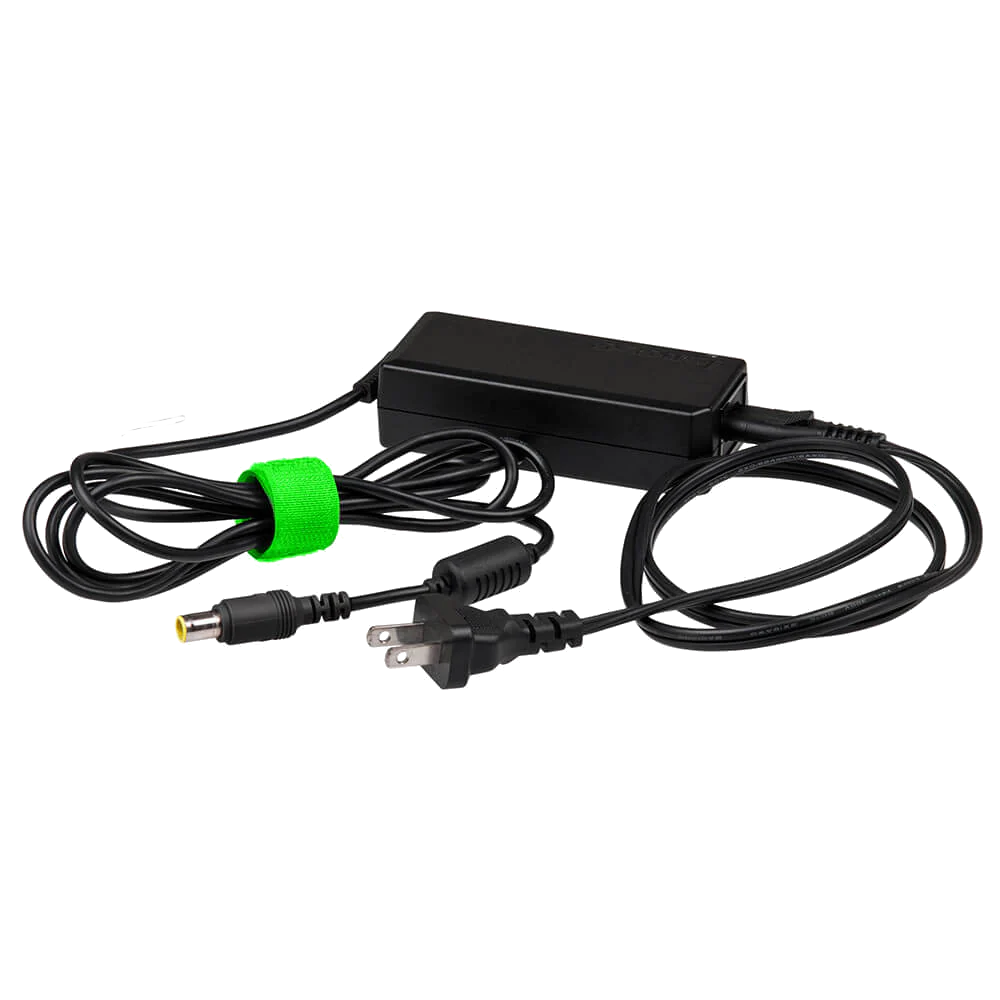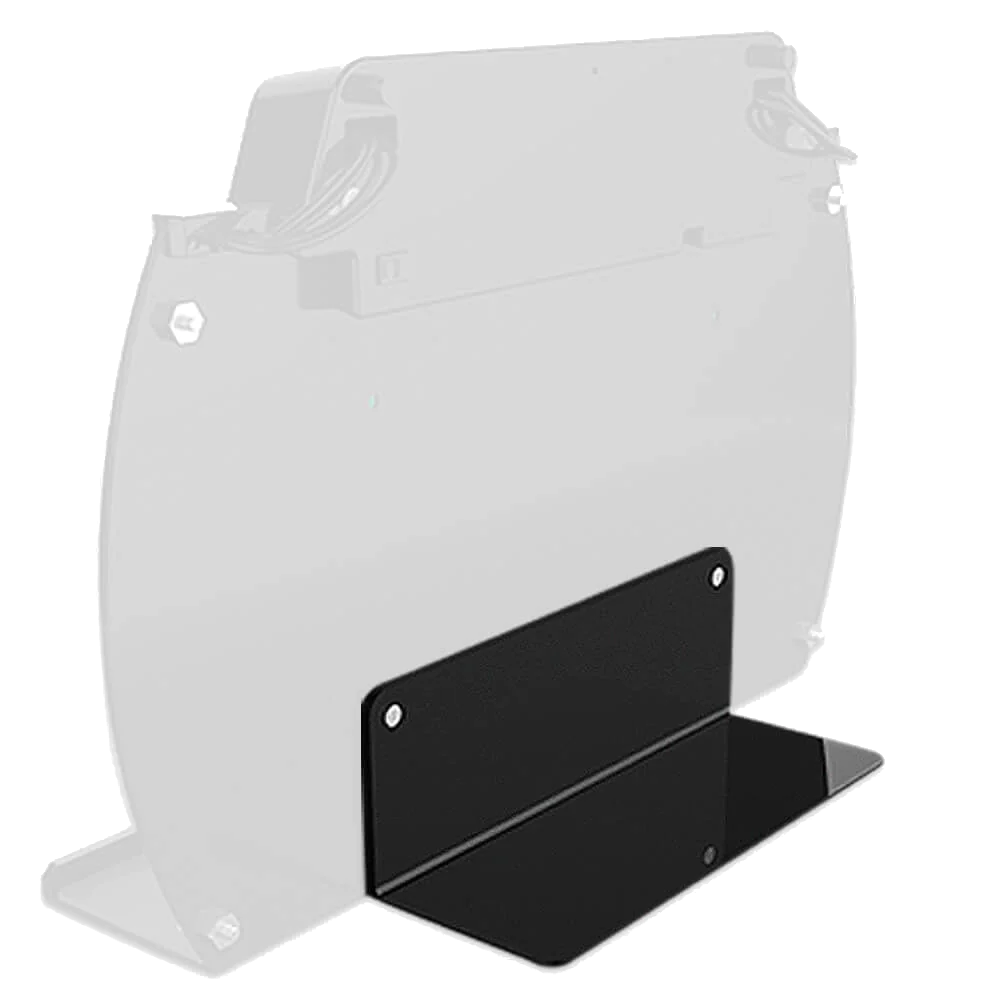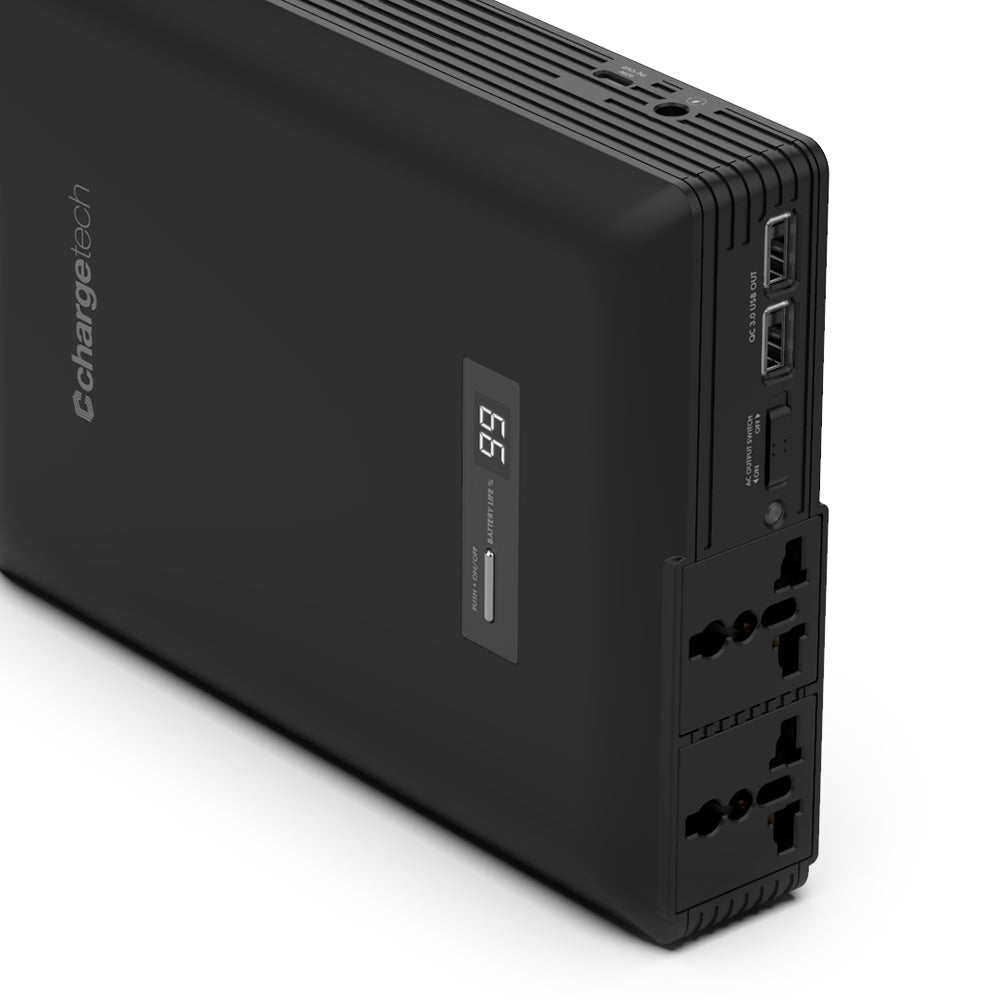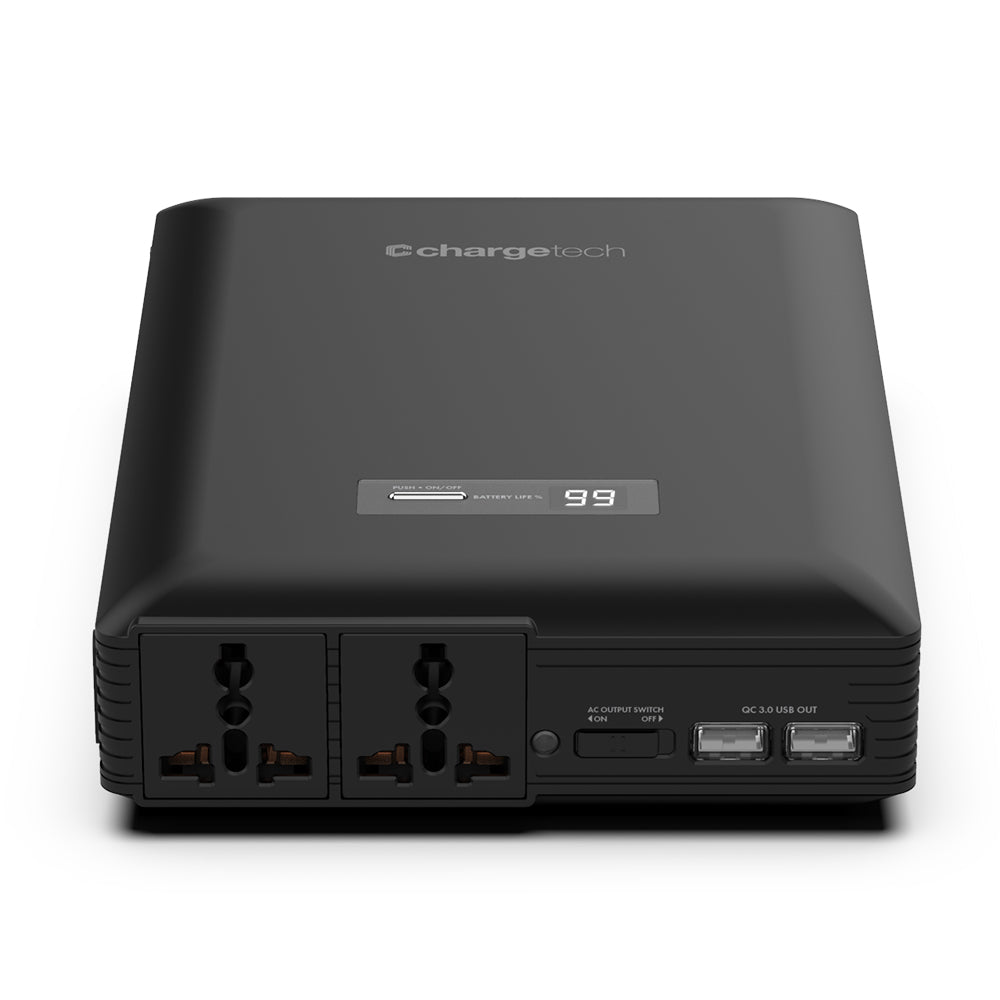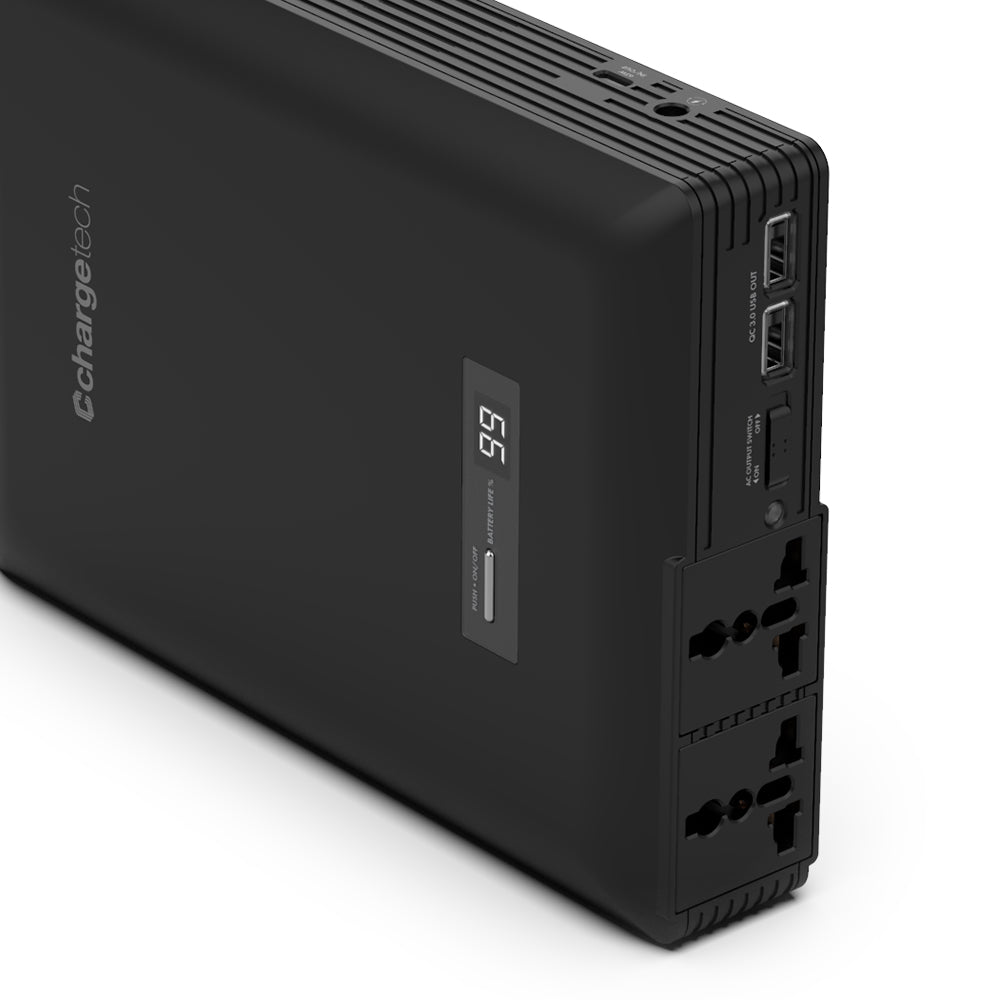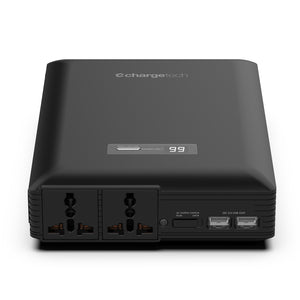What Will It Take to Return to Work?
As America begins to reopen society from the Coronavirus Pandemic, with restrictions and stay-at-home orders being lifted across the country, the question on everyone’s mind is what changes must we make to return to work safely and quickly?
Even after this pandemic is over, many aspects of our daily lives will never be the same. Movie theaters and airplanes are adjusting their seating plans to allow for more space in between seats. Motion censored doors are being installed in public places to reduce high-touch surfaces, and restaurants are taking tables out of their dining rooms to reduce occupancy and crowding.
However, no aspect of social life has been the focus of so much discussion as the workplace. With the economic fallout from this crisis reaching new lows as millions of Americans have lost their jobs in recent months, there is a heightened sense of urgency pertaining to how and when people can expect to return to work.
Companies in every sector, in conjunction with experts on infectious diseases, are debating how to adapt and reconfigure the post-COVID workplace to protect employees and reduce the high risk of transmission that exists in the modern office.
While many Americans continue to work from home, those who can return to work along with many of the essential workers who do not have the luxury of working remotely, are being exposed to a greater risk of infection as they return to their jobs. It is essential that we act quickly to protect employees now as they return to work and think critically about what broader changes must be made to reduce the spread of germs and bacteria going forward.
Depending on the industry and business type, the post-COVID workplace may require rearranging office layouts, updating office infrastructure, allowing for greater flexibility for employees, increasing sanitary measures, and so on.
One thing is certain, however, companies are questioning the status-quo of high-density open-floorplan offices which have proven to be hotbeds for the spread of illnesses. Offices and workplace dynamics are currently undergoing significant changes with the health and wellbeing of employees and customers in mind.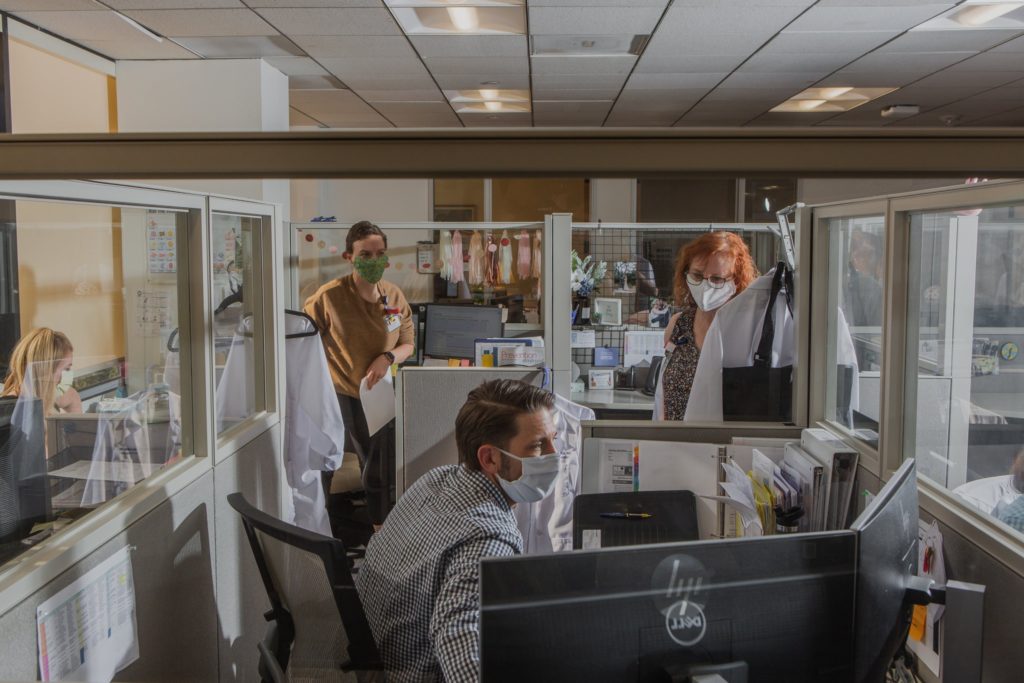
A quarantine-friendly office featuring enclosed desks and protective masks | Property of the New York Times
History of the Open Floorplan:
The Coronavirus pandemic will mark the conclusion of a 30-year trend in office design toward higher and higher density workplaces with a focus on shared spaces and open-floorplans.Over the last few decades, partitioned cubicles have been replaced with communal elbow-to-elbow workbenches, lounge areas, and in-house coffee bars. This transition to the communal workspace favored fun and collaboration for employees in the name of increasing creativity, productivity, and enjoyment of work.
The open floorplan model found its greatest proponents in the Silicon Valley tech giants. Companies such as Facebook and Google popularized this innovative model of working. At the headquarters of these two tech giants, along with most of their competitors, you will find thousands of employees working in close proximity to each other, theoretically allowing for greater collaboration and creativity.
The move toward high-density workspaces was also economically advantageous for employers. With rising property costs in metropolitan areas and a desire to shave costs, executives have crammed more and more workers into less space, foregoing private offices and enclosed cubicles for shared desks and face-to-face workbenches.
Based on this new model pioneered by Silicon Valley, co-working businesses such as WeWork sought to commercialize the popularity of the high-density workplace by renting out individual desks in communal office spaces.
WeWork, which was incentivized to fit as many people into their offices as possible, sold their business model on the allure of a collaborative and energetic workplace.
WeWork's former creative director, Justin Capuco, told Wired in 2018, “We’ll create purposeful points of density...It sounds funny, but we want our members to have that sort of proximity.”
This proximity was realized across most sectors of the economy. According to JLL’s 2020 Occupancy Benchmarking Report, the average office space per seat in North America declined by 14.3% to 195.6 square feet between 2018 and 2019 alone.
Regardless of the reasoning for these changes in office layout, the modern workplace has become a perfect storm for the spread of germs and bacteria. In confined spaces that lack physical barriers between employees, sneezes and coughs can travel uninterrupted, infecting possibly dozens of coworkers at once.
The high-density layout of modern offices along with the prevalence of shared amenities and regular contact with coworkers has made the workplace a highly susceptible location for contracting diseases such as COVID-19.
Bacteria have been found to spread quickly throughout offices particularly as it lingers on hard to clean surfaces such as keyboards and phone screens.
Many solutions are being considered as to how we might return to work safely and confidently. Some feel that this period will require trial and error, yet the fact remains, the status quo of how business was conducted will no longer cut it. The post-COVID workplace will be fundamentally transformed.
As we have become newly aware of the high risk of disease and infection that exists all around us, particularly in high-density spaces, we must take deliberate action to protect employees and customers as we begin to return to work.
 A WeWork Space features fun collaborative shared workspaces which may be a thing of the past.
A WeWork Space features fun collaborative shared workspaces which may be a thing of the past.Post-COVID Workplace Strategies
1. Staggering Schedules:
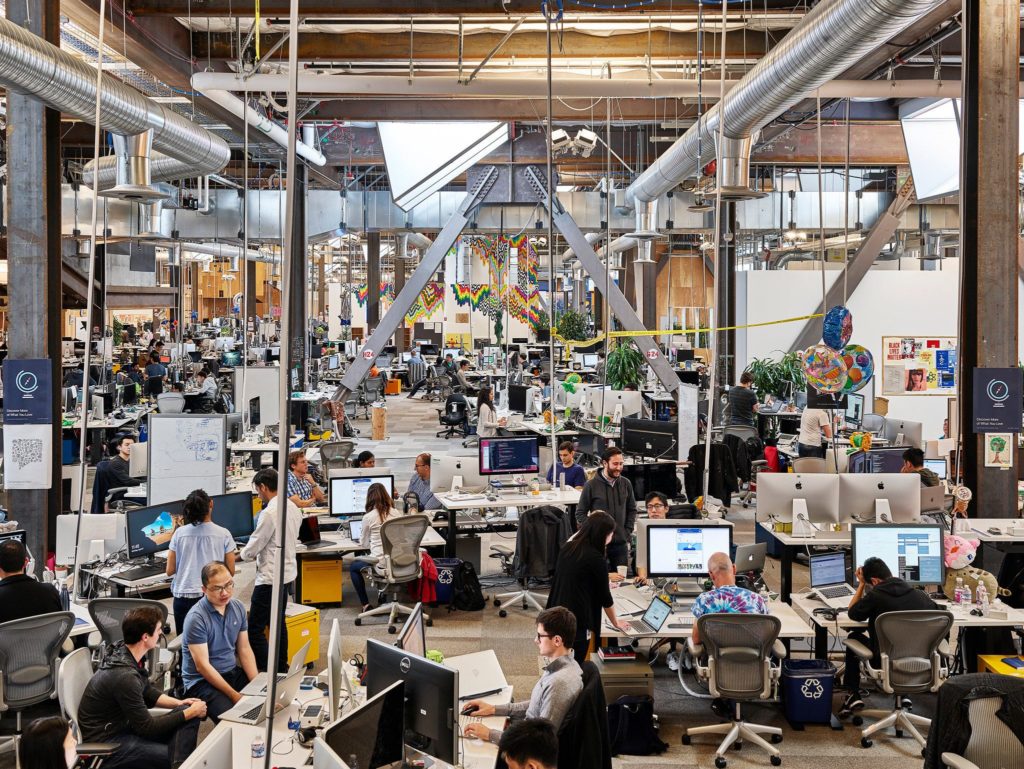 Facebook's Silicon Valley Headquarters which pioneered the open-floorplan office.
Facebook's Silicon Valley Headquarters which pioneered the open-floorplan office.
2. Social Distancing in the Post-COVID Workplace:
Reducing the number of people in an office by staggering schedules and working partially from home will allow offices to spread out their workstations and desks to comply with social distancing guidelines.
Offices which previously had several workers in one area will be required to spread out their workstations with adequate spacing and protective barriers between them.
In many cases, companies are taking this time to reorganize their office layouts by physically removing desks, constructing protective barriers, reverting to cubicle-style offices, or simply providing six feet of space in between desks which were formerly in closer proximity to each other.
Often, the existing power outlets and grids do not allow for this type of reconfiguration without substantial electrical work or cumbersome extension cords protruding into walkways and across surfaces.
ChargeTech portable power units allow employees to access up to 125mAh of battery power in one compact unit to power their devices all day from a social distancing compliant location without relying on existing plugs and power outlets.
These personal power products allow for much greater flexibility on behalf of the employer to rearrange and reconfigure their office with ease and provide the employee peace of mind to work without interruption from wherever they please without exposing themselves to undue risk of exposure.
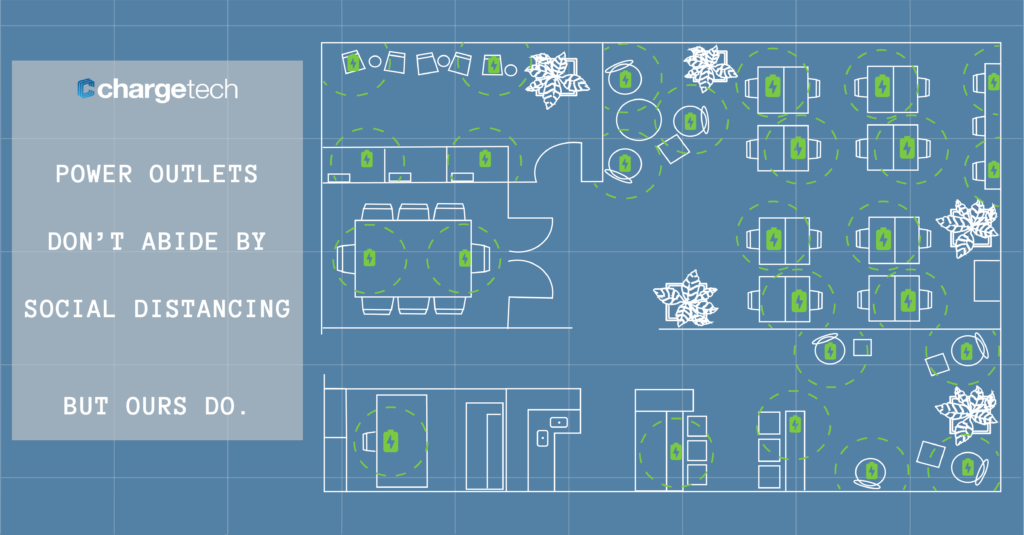
In some cases, making the workplace compliant with social distancing does not require rearranging or reconstructing the floorplan but simply designating communal spaces as personal work areas.
In such scenarios, employees could set up on counters or in conference rooms which were previously used for other purposes to work in isolation away from overcrowded shared desks. To transform a café or a lounge area into a private workspace, all that is required is a reliable and adequate source of power.
ChargeTech portable power units allow computers and personal electronic devices to operate all-day long in areas that were previously used for other purposes. The simple addition of power units can make an office compliant with social distancing as they allow employees to spread out with ease.
3. UV Light & Sanitation:
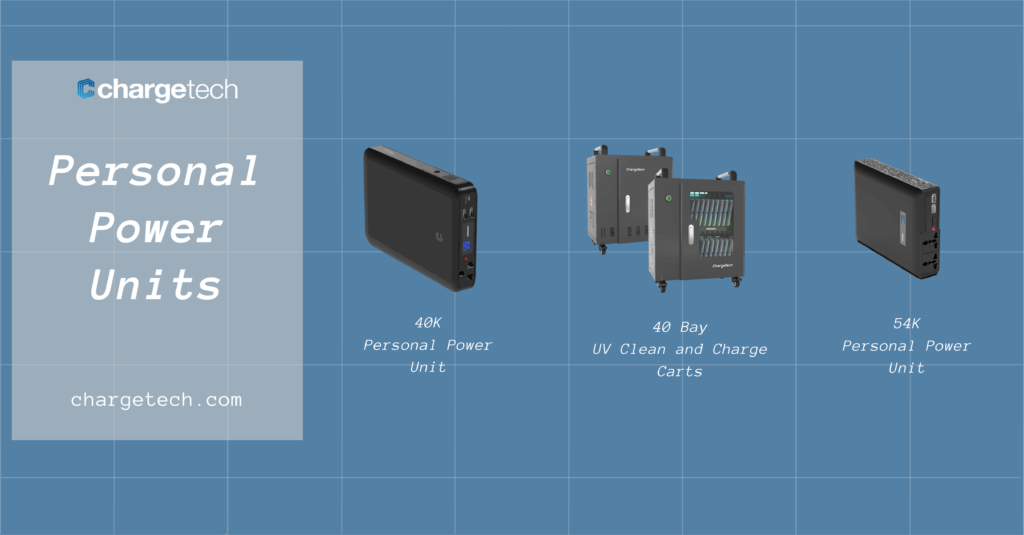
ChargeTech's Suite of Portable Power and Sanitation Solutions for the Post-COVID Workplace
4. Infrastructure Changes:
Dr. Marty Makary, a surgeon and a professor of health policy at the Johns Hopkins School of Public Health, recommends that we move any personal or professional activities outside which can be conducted in fresh air to reduce the risk of transmitting diseases.
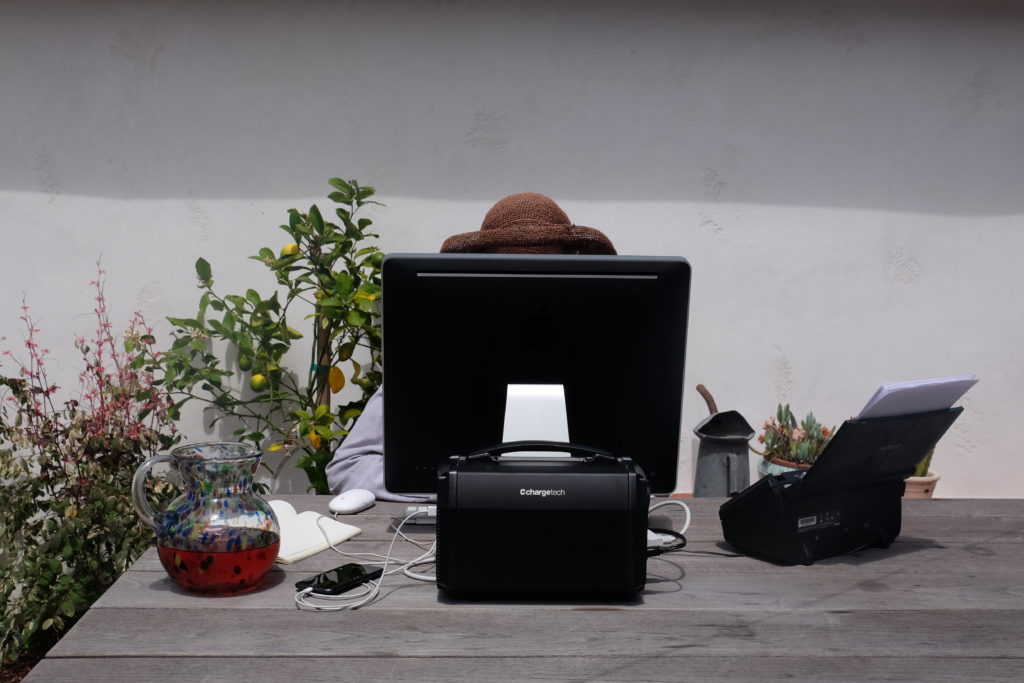 Working outside reduces the risk of COVID transmission. ChargeTech 125K Portable Power Unit.
Working outside reduces the risk of COVID transmission. ChargeTech 125K Portable Power Unit.
Our 40K, 54K, and 125K units are perfectly suited for working outdoors and have been used by ChargeTech customers in this capacity for years. California-based IT professional Mitch Garvis has lauded the ChargeTech 27K unit for allowing him to work outside uninterrupted at home or on the road.
For companies or individuals who are not able to work outside, businesses are looking to improve airflow and circulation in their buildings. This includes leaving windows open for cross-ventilation or changing the direction of vents to increase circulation.
Stagnant air due to poor circulation has been shown to hold the virus airborne for up to 20 minutes at a time, greatly increasing the risk of transmission in crowded indoor spaces. The post-COVID workplace must take these elements into consideration to ensure that there is constant movement of air in and out of the building.
Designers are inventing other solutions that allow workers to maintain social distancing guidelines even after they return to work.
Architecture design and real estate firm Cushman & Wakefield is experimenting with infrastructure adaptations such as six-foot circles on the floor around desks to denote social distance guidelines and other placards encouraging unidirectional foot traffic movement.
Cushman & Wakefield encourage that everyone walks around the office space in a clockwise direction to minimize close encounters and contact with other people. If adopted broadly, these practices could protect the health and wellbeing of employees as we return to work.
 Cushman & Wakefield's 6 Feet Office Concept
Cushman & Wakefield's 6 Feet Office Concept
The Road Ahead


